
views
Religion, as Karl Marx famously said, is the opium of the masses. Though Communism could not strike firm roots in India, unlike its erstwhile stomping grounds in Russia and eastern Europe, politicians modified Marx’s logic to invent a new opiate—the lure of quotas.
Promising reservations in jobs and education serves as a convenient smokescreen for the political class to obscure their larger failures. Marketed as a panacea for most social and economic maladies, it confirms one of the most complex traits of the human psyche. That of evolving simplistic, band-aid solutions to problems that are far complex.
The demand by the Marathas in Maharashtra seeking quotas, fits into a similar trend among peasant, landed communities like Jats and Patidars. This attempt to go lower down in the hierarchy to get affirmative action benefits has turned the theory of Sanskritisation propounded by sociologist M.N. Srinivas, on its head.
The Marathas (kshatriyas/ warriors) are the dominant community in Maharashtra, with a strong grip on the levers of political power. They account for the highest number of legislators and chief ministers so far.
In 2018, during the tenure of the erstwhile Devendra Fadnavis-led government, the Maharashtra legislature unanimously approved a law granting 16% reservations in employment and education under a specially-created socially and educationally backward category (SEBC).
This came after a protracted stir, which saw violence and the suicide of a protestor. The Bombay High Court, while upholding the constitutional validity of this law trimmed the quotas to 12% (education) and 13% (government jobs).
Three backward classes commissions, headed by Justices R.M. Bapat, B.P. Saraf and Khatri had rejected the demands for Marathas to be classified as backwards, after which the one headed by Justice M.G. Gaikwad ruled in its favour.
However, the tenuous peace that ensued after the quota bill was approved, may now be coming apart after the Supreme Court (SC) stayed the implementation of the Maratha reservation law and referred the matter to a larger constitution bench.
With Maratha groups threatening fresh protests to demand that the quota benefits are restored, the Maha Vikas Aghadi (MVA) government, which is already fighting a range of crisis with its back to the wall, is caught in a bind. The MVA also has to contend with the ire of other backwards. Some Maratha groups had opposed inclusion in the SEBC category and sought that they be classified as other backward classes (OBCs) and covered by these quotas.
The demand for reservations by Marathas was opposed by the resurgent OBCs. The other backwards include over 400 diverse classes and castes in the OBC category and denotified and nomadic tribes, and form around 53% of the population across religious denominations.
The other backwards, who compete with Marathas in local power structures, were apprehensive of numerically significant Marathas being accommodated into their quota (27%) if the reservation bill did not withstand the legal test.
They are now opposing the ‘OBC-isation’ of the Marathas, and have threatened to take to the streets if the community is accommodated in their category.
Hence, for the Uddhav Thackeray-led MVA, the Maratha quota tangle goes much beyond its impact on the community. This is threatening to open a Pandora’s box by reviving unmet demands by other social groups. Acceding to one demand risks alienating other competing forces.
For instance, the pastoralist Dhangars (shepherds), who claim to be the second-largest caste after the Maratha-Kunbi caste cluster, are seeking that they be classified as tribals instead of being accommodated in their nomadic tribes category. This is being contested by Adivasis, who form around 9.84% of Maharashtra’s population.
Smaller groups like the Wadars, Agris, Dhobis, Halba Koshtis, Kolis, Banjaras, Kaikadis are seeking similar benefits or a reclassification of their quota category for an added edge. Some like the Vanjaris want their sub-quota to be hiked. Leaders of Dalit groups like Matangs, complain that the Neo Buddhists (erstwhile Mahars who converted to Buddhism with Dr Babasaheb Ambedkar) are cornering most benefits meant for scheduled castes (SC) and are seeking a ring-fenced quota within a quota.
Activists admit that reservations are not a garibi hatao program. They are meant to overcome centuries of historic wrongs and overcome social and educational backwardness like in case of Dalits and tribals. However, even critics of the Maratha quota admit that the demand signifies a deeper malaise.
This includes declining returns from agriculture, unaffordable education, and a gradual unease at the rising clout of OBCs due to quotas in jobs, education and political reservations in local bodies, which saw the emergence of formidable caste combinations like Malis, Dhangars and Vanjaris (MADHAV).
This gradually weakened the traditional hold that the Marathas had over the polity. Though the Marathas form the ruling class in Maharashtra, it was only an esoteric group of entrenched families that wielded power, leaving others to feed on crumbs.
In the absence of a caste census post 1931, OBC leaders question the claim of Marathas being 31.5% of the population. They note that the Marathas form a third of the state’s population if counted a part of the larger Maratha-Kunbi caste cluster. The Marathas and Kunbis may not be endogamous. The Kunbis (tillers) form significant numbers in Konkan and Vidarbha, and are already covered under the OBC category.
The Maratha quota demand also brings to fore the inconsistencies in the MVA. Despite its wide social base, OBCs form a bedrock of the Shiv Sena’s support. Considering the restiveness among the other backwards, the Sena must walk a tightrope in ensuring that the Maratha quotas do not encroach on the benefits of the OBCs.
Despite the Shiv Sena’s base among these sections, the party insists on quotas based on economic criteria, something that activists claim is a fallacy as caste is a stronger marker of discrimination. Unlike economic status, caste cannot be transcended.
On the other hand, the Nationalist Congress Party (NCP) is seen as the party of the Marathas. BJP leaders allege that upset at a non-Maratha like Fadnavis (a Brahmin) becoming the chief minister, the NCP leadership had catalysed a series of silent ‘Maratha Kranti Morchas’ since 2016. These protests demanded quotas and safeguards to prevent misuse of the Scheduled Castes and Scheduled Tribes (Prevention of Atrocities) Act, 1989. However, they took a violent turn in 2018.
The mobilisation of the Marathas met with a counter-mobilisation by OBCs and other groups who launched similar ‘Bahujan Kranti Morchas.’ Sections of the other backwards subsequently mobilised behind the BJP.
Now, with the NCP in power and the Maratha quota caught in a legal tangle, the shoe may be on the other foot.
Muslim leaders from the Congress have also revived the demand for reservations for the community, something that ruling ally Shiv Sena may find tough to agree with. However, social groups among Muslims are already covered under categories like OBC, vimukta jati and nomadic tribes (VJNT) and scheduled tribes (ST).
The quantum of reservations in Maharashtra was already at 52%. The 10% economically weaker section (EWS) and the Maratha quotas shrunk the general category further, which also affects OBCs in the creamy layer, and exceeds the Supreme Court’s 50% cap in the Indra Sawhney case.
In 1902, the reformist king Chatrapati Shahu of Kolhapur in Maharashtra, who is reputed for his progressive ideals, inaugurated the reservation policy by providing 50% quotas for backward communities (those who were not Brahmins, Parsis, Shenvis/Saraswats, and Prabhus).
In a speech in 1920, Shahu warned that while it was justified to have the interests of the community that one was born into in mind, it was necessary to serve a larger society outside that group. Hence, pride in caste must be limited to a certain point.
These may be prescient words as the demand for Maratha quotas threatens to cause a fresh wave of polarisation, putting communities on the warpath.










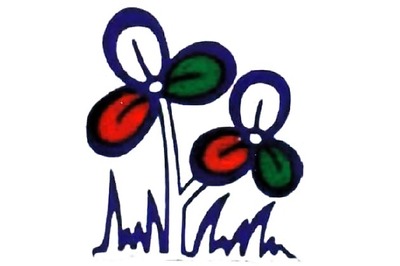
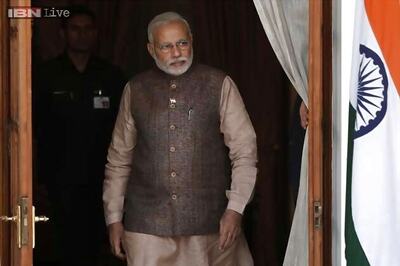
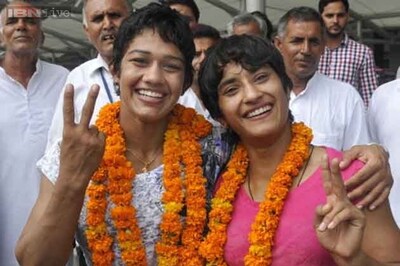

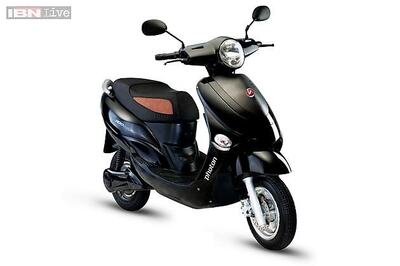

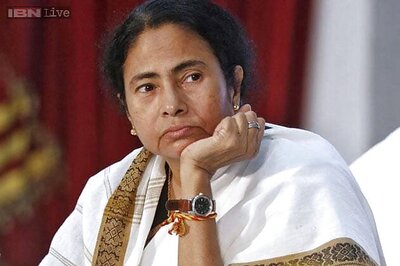
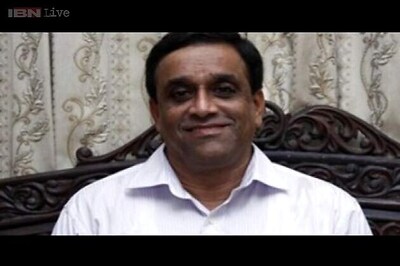

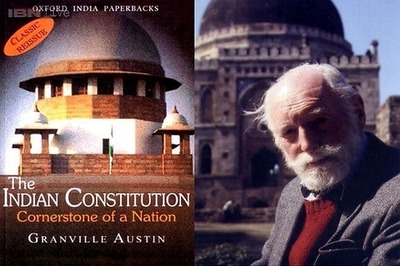
Comments
0 comment